Indoor air quality is a continuing concern for building occupants particularly in homes and areas where people work. Modern materials can contribute to higher concentrations of Volatile Organic Compounds while more energy efficient building methods can reduce the amount of natural ventilation encouraging mould and mildew, negatively impacting air quality.
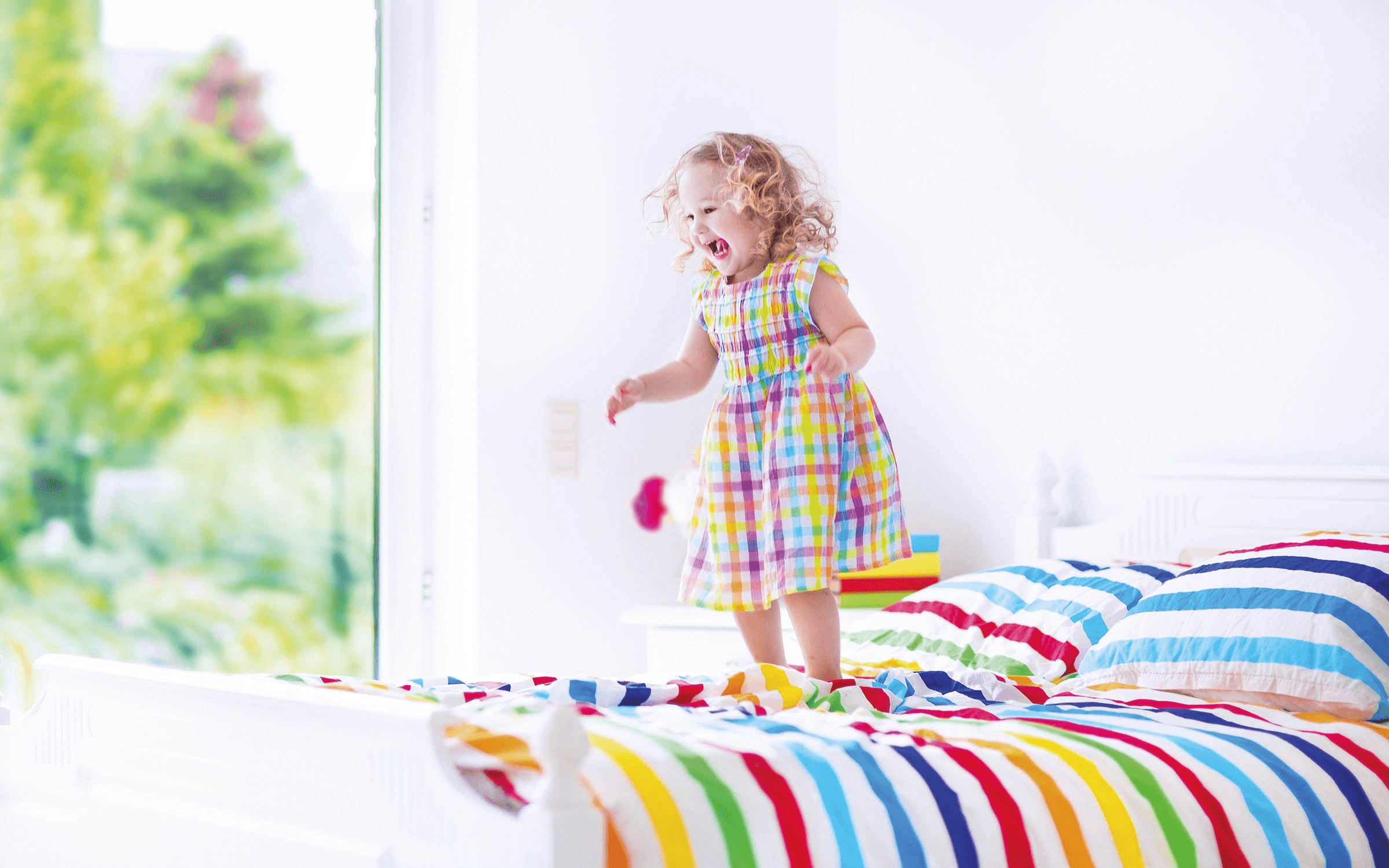
BCA Requirements
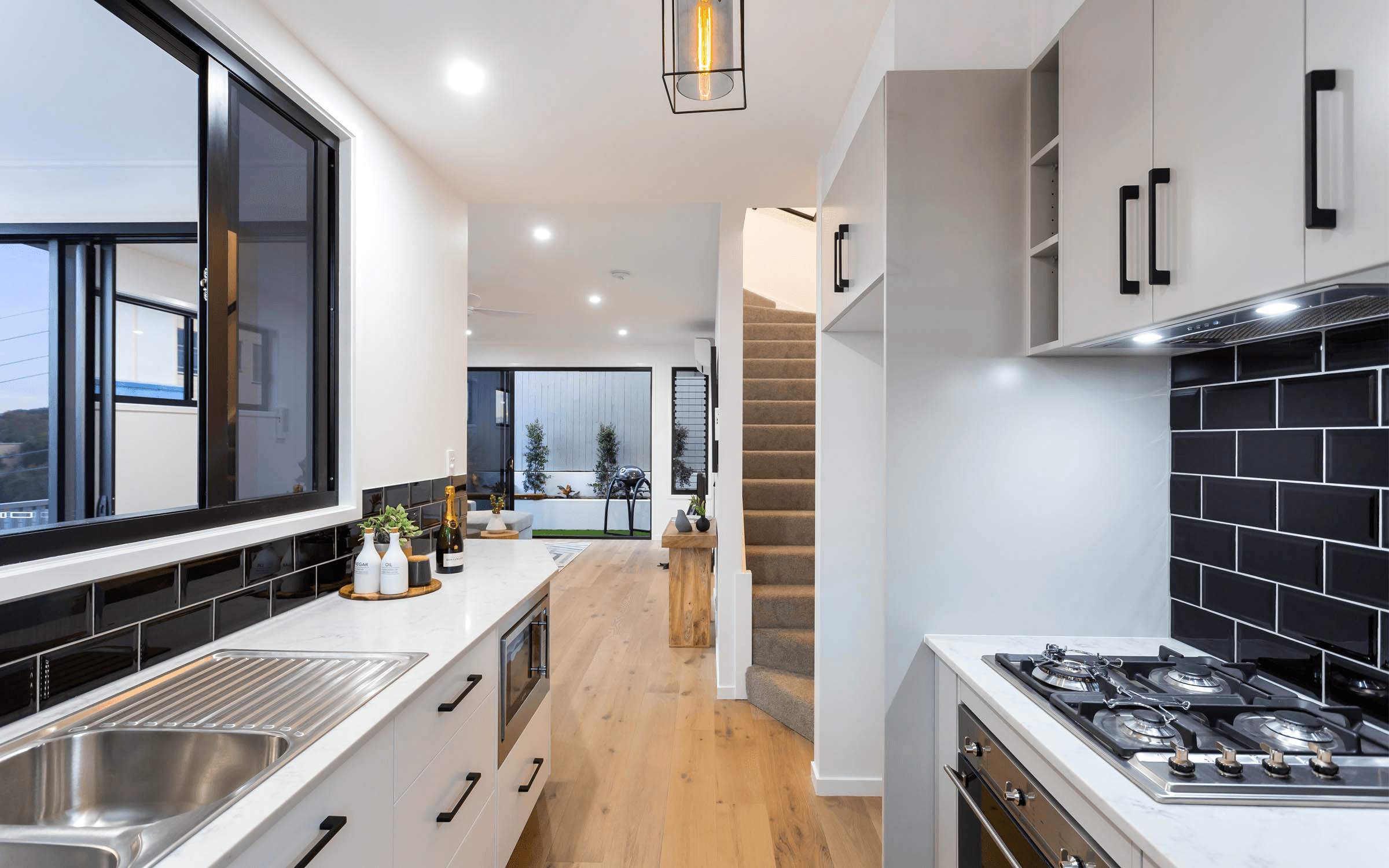
Volatile Organic Compounds (VOCs)
VOCs are a group of carbon-based chemicals that easily evaporate at room temperature. Many common household materials and products, such as paints and cleaning products, carpet and interior furnishing can give off VOCs. Common VOCs include acetone, benzene, ethylene glycol, formaldehyde, methylene chloride, perchloroethylene, toluene and xylene.
Different VOCs have different health effects, and range from those that are highly toxic to those with no known health effect. Breathing low levels of VOCs for long periods of time may increase some people’s risk of health problems. Several studies suggest that exposure to VOCs may make symptoms worse in people who have asthma or are particularly sensitive to chemicals. VOCs particularly affect indoor air quality - concentrations of many VOCs are consistently higher indoors (up to 10 times higher) than outdoors.
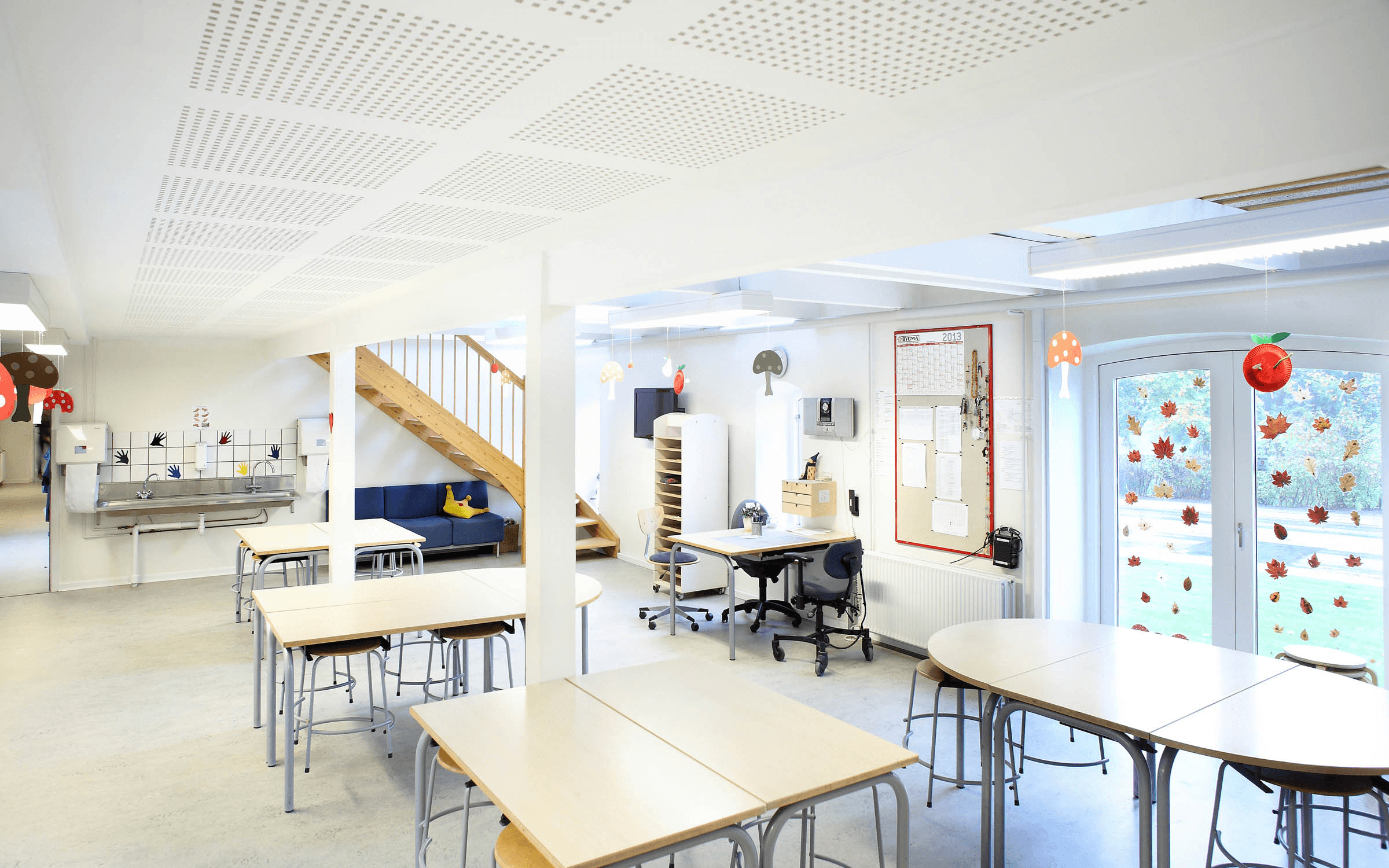
Mould and Mildew
Mould and mildew can also play a role in reducing air quality. The spores can circulate throughout a space and cause irritation particularly in the airways of asthma and allergy sufferers. Mould resistant plaster products, from Gyprock EC08™ Extreme and EC08™ Complete plasterboards to Ultra-Base 60 MR jointing compound are specifically developed for sensitive environments.
Indoor Air Quality
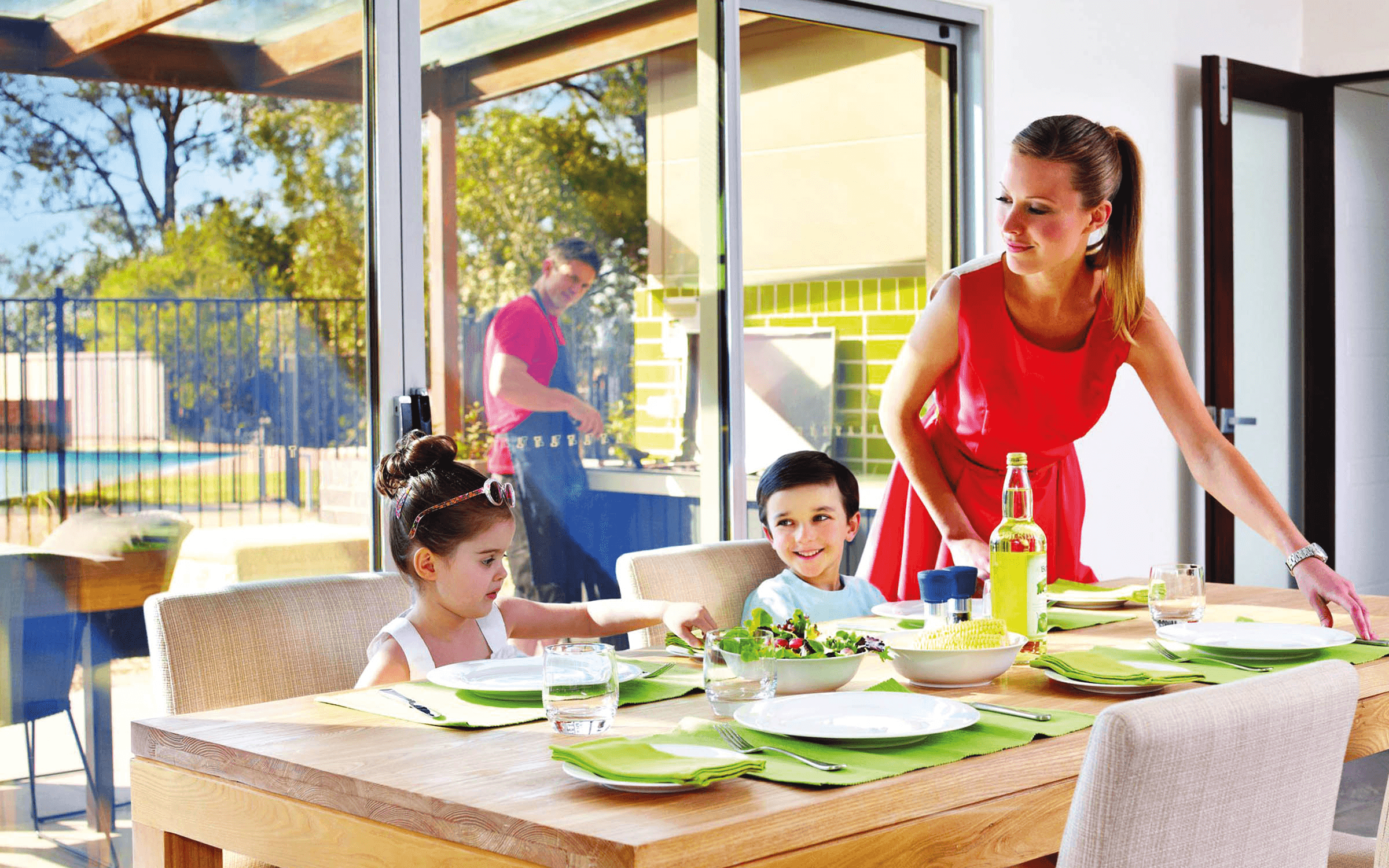
Material Selection
It is important to consider what the effect of your material choices may be on the indoor air quality. Be aware of the types of materials which can add to the level of pollutants in the air and choose better alternatives such as low VOC paints, plasterboard and flooring.
The vast majority of Gyprock plasterboard products and compounds have been tested and shown to produce low levels of VOCs. Copies of the VOC certificates can be found here.
Gyprock’s Rigitone and Gyptone perforated plasterboard products are manufactured with patented Activ’Air technology, which converts formaldehyde into non-harmful inert compounds that are permanently locked in the board, actively improving indoor air quality.
Gyprock EC08™ Extreme is ideal for use as a wall and ceiling lining in wet areas and bedrooms of homes, while Gyprock EC08™ Complete is designed for use in wet areas such as change rooms, bathrooms and laundries in multi-residential and commercial buildings. Ultra-Base 60 MR can be used in residential and commercial applications.
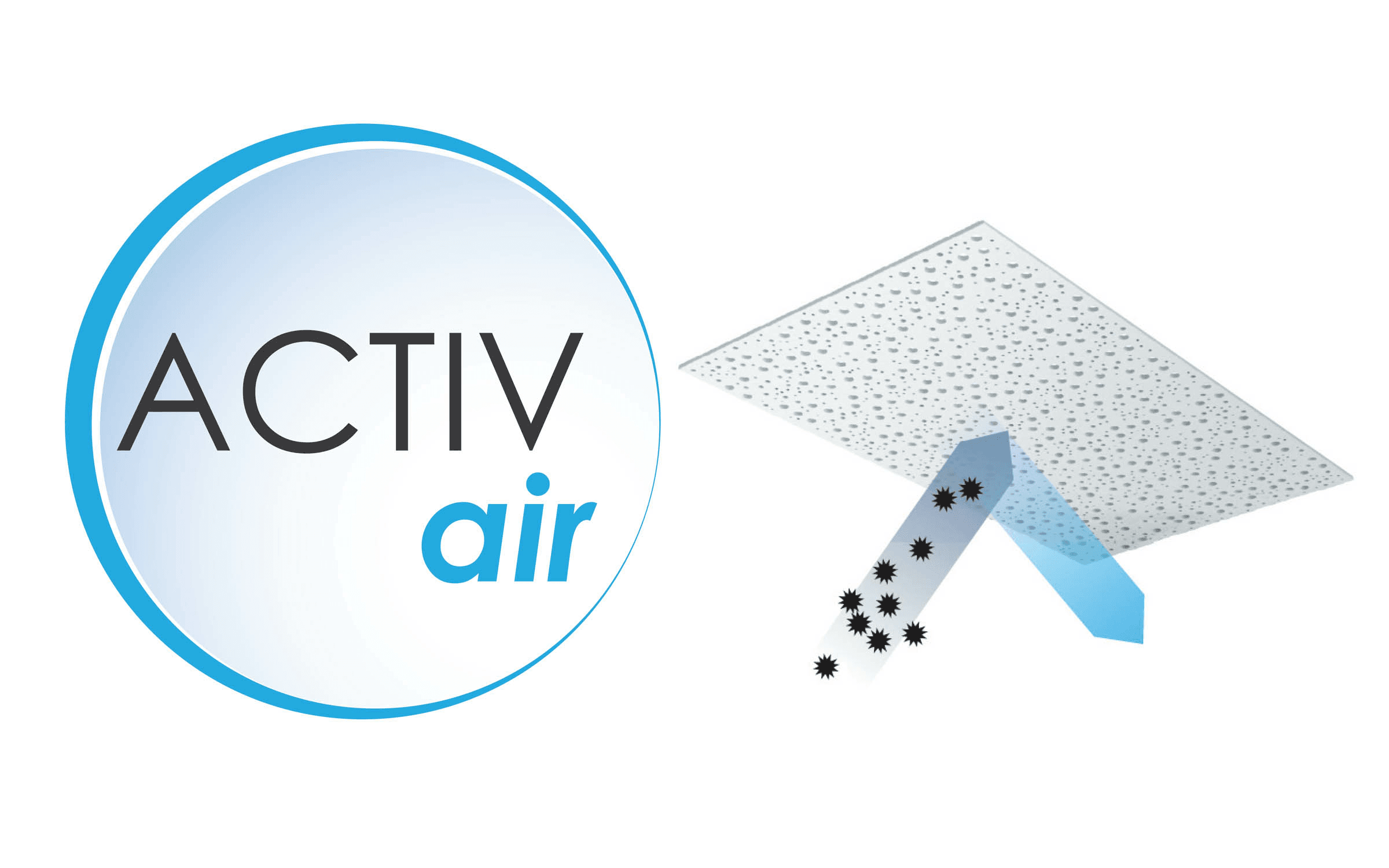
Activ'Air Technology
Activ’Air is a feature of the Rigitone and Gyptone ranges of Perforated plasterboard. Activ’Air is a patented technology that converts formaldehyde into non-harmful inert compounds that are permanently locked in the board and cannot be released back into the air. Controlled testing has shown that Activ’Air can reduce the concentration of formaldehyde within an environment by up to 60% when installed in ceilings, even when there is continuous airflow containing formaldehyde. Installing plasterboard containing Activ’Air technology to ceilings and/or walls will have an enduring impact on air quality and will improve the environment for people working and living in the space.
